Sintepon pillows
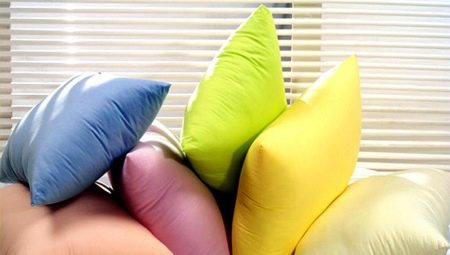
The quality of sleep directly depends not only on the sleeping place, but also on the bedding. Therefore, the choice of a pillow must be approached with all responsibility. In the modern world, naturalness is valued, but there are also worthy artificial materials. These include synthetic winterizer.
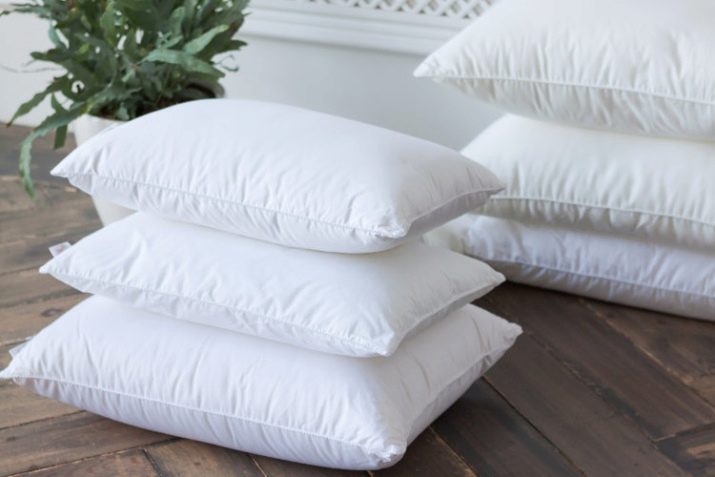
Advantages and disadvantages
The composition of the padding polyester includes polyester fibers bonded at a high temperature. After production, the material is treated with silicone and an antibacterial agent. At the exit, the manufacturer has a cheap filler for soft things. The synthetic winterizer has earned high popularity among other synthetic materials. It does not harm human health, which means it can be used as a filler for pillows, upholstered furniture, clothes, etc. People find many useful qualities in this material:
- hypoallergenic;
- antibacterial properties;
- synthetic winterizer is not a breeding ground for mites, microbes and bacteria;
- the material does not have its own odor, does not absorb foreign, and also does not absorb dust;
- ease of care;
- synthetic winterizer easily transfers machine or hand wash;
- elasticity of the material;
- pillows do not lose their shape over time;
- light weight;
- moisture-repellent properties;
- good air exchange of the material;
- thermoregulation;
- low cost.

Despite the large number of advantages of padding polyester, it also has disadvantages that you will have to face after purchase:
- short term of use (about two years);
- things are too soft;
- The synthetic winterizer is known for its ability to accumulate static electricity, which is why such pillows are not very popular with people.
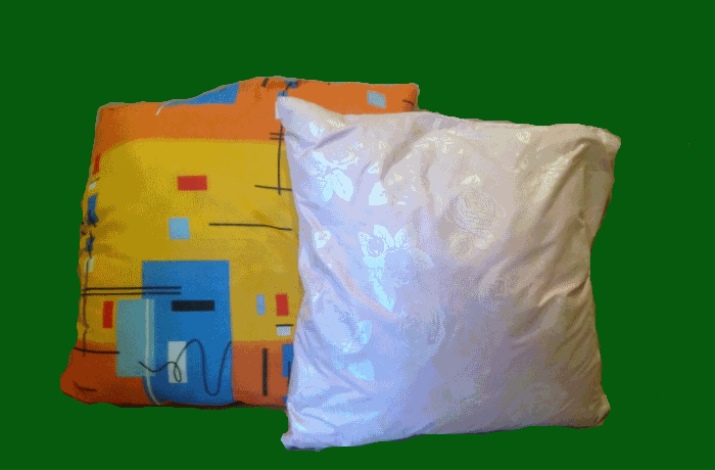
The last minus can be easily solved with special products, cotton covers or the correct powder for washing.Excessive softness has a serious impact on people with spinal disorders.
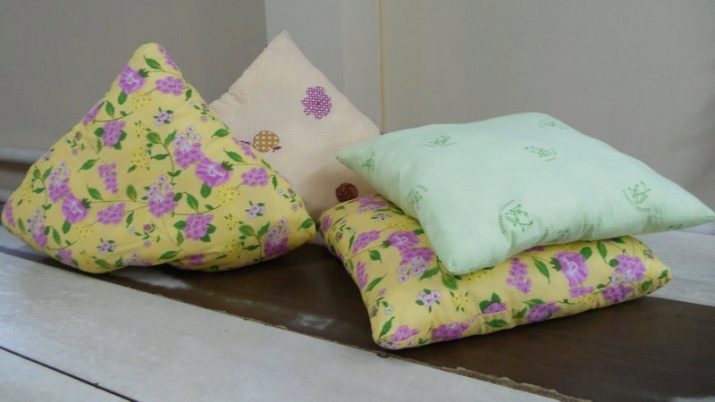
The pillow does not hold the neck well and provokes back pain.

Dimensions (edit)
In Soviet times, the most common size was 70x70. Now preference is given to European models: 50x70 or 40x60 cm. You need to choose the size in accordance with the bed and the age of the person. For example, 60x60 or 40x60 cm pillows are preferable for a one and a half bed for teenagers.

Due to the high softness of padding polyester fillers, such pillows are often used for decorative purposes. In addition, there are models of rather small sizes, for example, 50x50 or 40x40. And for such volumes in interior stores you can find a large assortment of decorative pillowcases.


How to choose?
One of the main criteria when choosing a pillow is its height. Usually it ranges from 5 to 15 cm. Incorrect height significantly affects the quality of sleep and the condition of the neck in the morning. An inconvenient product can provoke osteochondrosis or spinal hernia. When choosing a sintepon pad, you must also rely on the following criteria.
- Sewing quality. Please check the quality of the seams carefully before purchasing. They should be small and not create gaps when pulled. If there are holes on the surface of the pillow, the material will creep out.

- Pillowcase... High-quality products include a pillowcase made from natural materials. This will prevent the filler from being charged with static electricity. Plus, good pillowcases are easy to maintain, clean and replace.

- No harsh odors... The synthetic winterizer itself does not smell. If odor is present, it means that the filler is made of low quality material full of chemicals. Such pillows can harm human health.
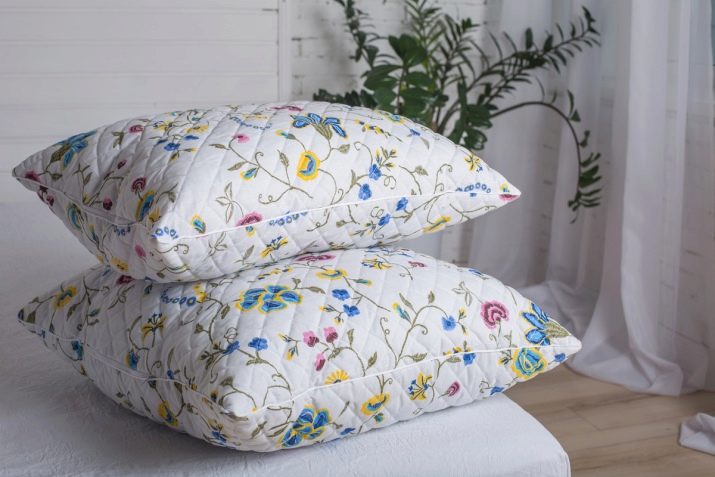
Excessive softness of padding polyester is inconvenient for most consumers. But the discomfort goes away after a few days.
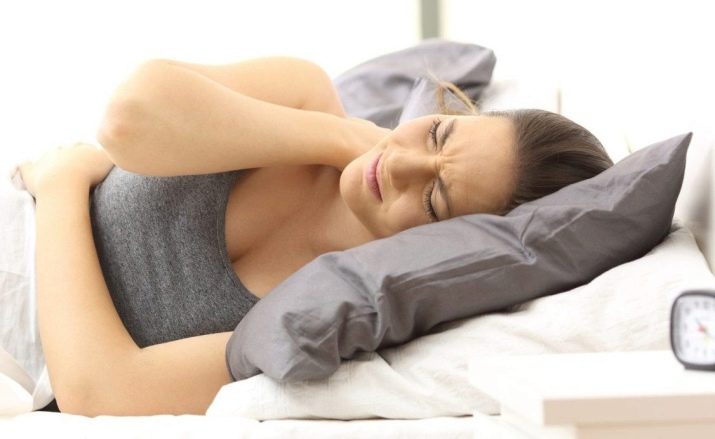
How to fill correctly?
The synthetic winterizer pillow can also be sewn at home. First, you need to prepare the following materials:
- synthetic winterizer;
- base fabric;
- paper for creating patterns;
- chalk, scissors and pins;
- a sewing machine to connect the base of the pillow (if there is none, you can use thread and a needle);
- iron.
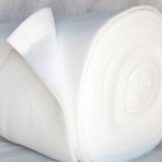


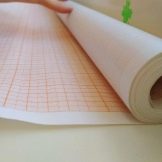
If you plan to make a pillowcase, natural material and zipper are prepared in advance. Better to choose cotton. It is preferable to stuff the pillow with padding polyester 100. It has medium hardness and is suitable both for sleeping and for interior decoration.
Consider a step-by-step plan of action for sewing a pillow base.
- Decide on the size of the pillow... It can be square or rectangular.
- Transfer length and width parameters to paper... Cut out the pattern.
- Spread the fabric on the surface and fold it in half... Place the pattern on the surface and secure it with pins.
- Iron the workpieceby leveling the corners and the surface.
- Outline the clipping with chalk at a distance of 5-6 cm from the edges.
- Without undoing the clipping, thread stitches.
- Remove the mold and cut off the fabric along the basting.
- Sew all seams from the wrong side of the sewing machine... Leave 10-15 cm unstitched on one of the sides, in order to further fill the pillow.
- Through the hole left, the base is turned out and the work done is checked... Next, a decorative pillowcase is sewn.
After completing all the work, the pillow is filled with material. The layer synthetic winterizer is folded in several layers and placed inside. Lumpy material is gradually applied from bottom to top in layers. The amount is adjusted depending on the required hardness.
Nowadays, pure synthetic winterizer is rarely used. Basically, others are added to the original material in smaller quantities. This allows you to obtain the following practical fillers:
- holofiber (silicone fibers are added);
- Sherstepon (add wool);
- synthetic resin (mix silicone with synthetic winterizer);
- synthetic fluff (the main material is twisted in a spiral).
If there is not enough filler in a purchased product, you can fill it yourself.
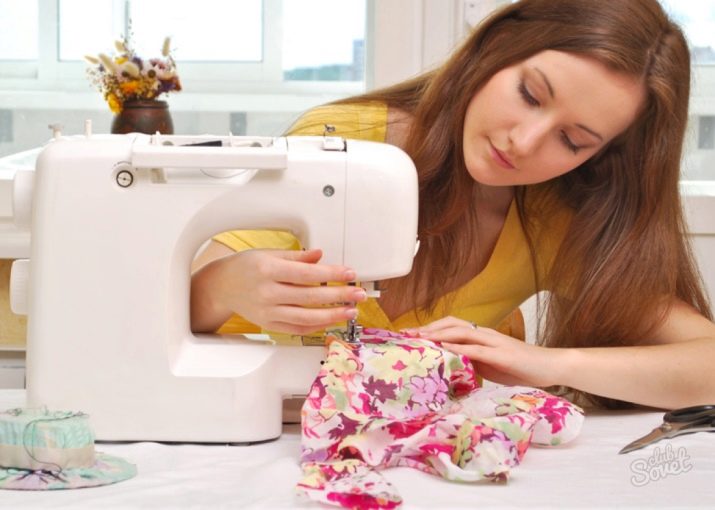
How to care?
Sintepon pillows are easy to wash: both hand and machine. For greater safety of the material, it is recommended to wash the item once a year. In the process, the following rules are taken into account.
- The water should be warm, but not more than 40 ° C.
- When washing in a washing machine, do not use a strong spin. This knocks down the material and significantly shortens the life of the pillow.
- Do not soak the product before washing.
- It is forbidden to use bleaches.
- Washing is carried out only with the use of liquid powders or special gels.
- The pillow is pre-poured with cold water. After washing, it is wrung out by hand, wrapped in a cotton cloth. Dry only on flat surfaces, otherwise the filler will crumple. Every 2 hours, turn the product over and beat gently.
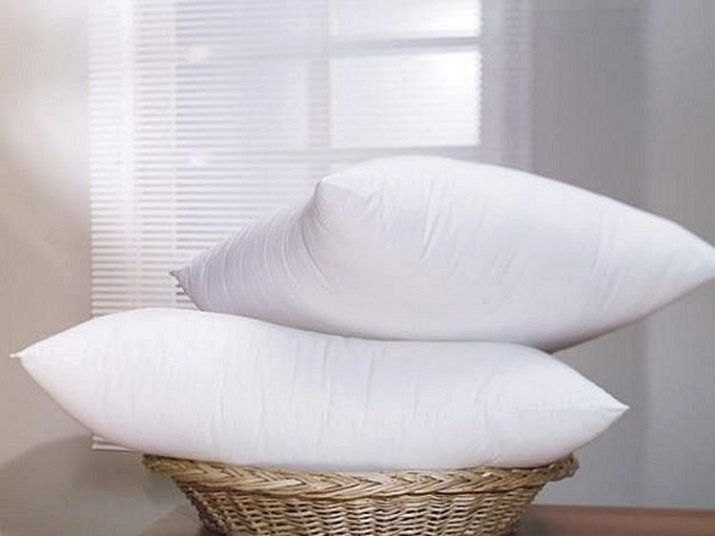
Sintepon pillows can also be washed by hand. To do this, carry out the following actions.
- Warm water is collected in the basin and liquid powder is added. In this case, the liquid should not foam.
- A pillow is immersed in a basin and held for 20 minutes.
- After soaking, the product is gently squeezed out by hand.
- Then they collect clean water and rinse the pillow thoroughly several times. There should be no cleaning agents left in the filler.
- The product is wrung out, wrapped in a cotton cloth and dried on a horizontal surface, turning over every 2 hours.
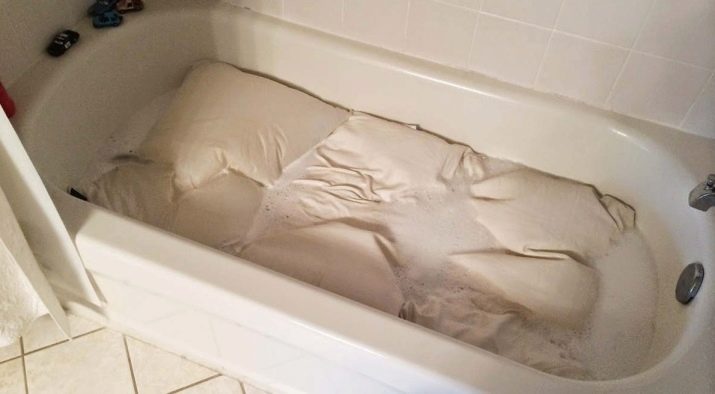
It is worth remembering that even if all the washing rules are followed, the filler can be felled. If this happens, you need to try to restore the product. You can return things to a presentable look in the following ways.
- Using a vacuum cleaner... The padding polyester is placed on a flat surface. With a vacuum cleaner in medium mode, they are passed over the matted places, as well as over the entire pillow for even distribution. When the lumps disappear in the filler, the thing is left to dry further.
- Using a carpet beater. The pillow is hung on clothespins, after which it will need to be whipped until the lumps are completely removed.
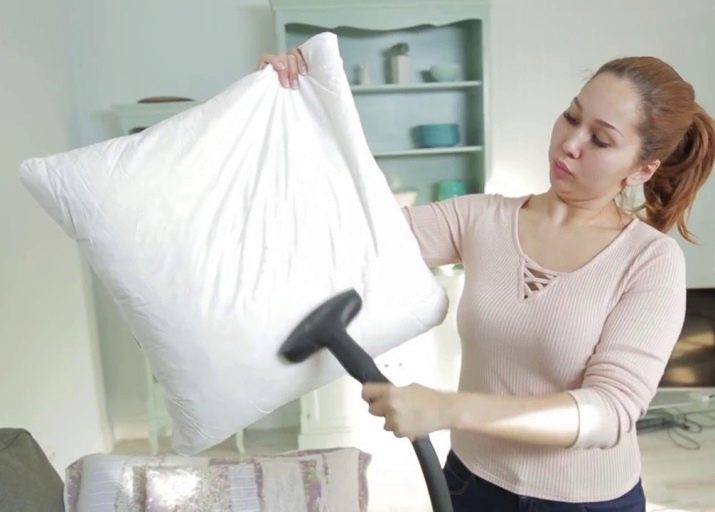
If none of the above methods helps, do the following: rip the thing on one side and spread the synthetic winterizer with your hands. You can fix the filler in the right places with threads.









